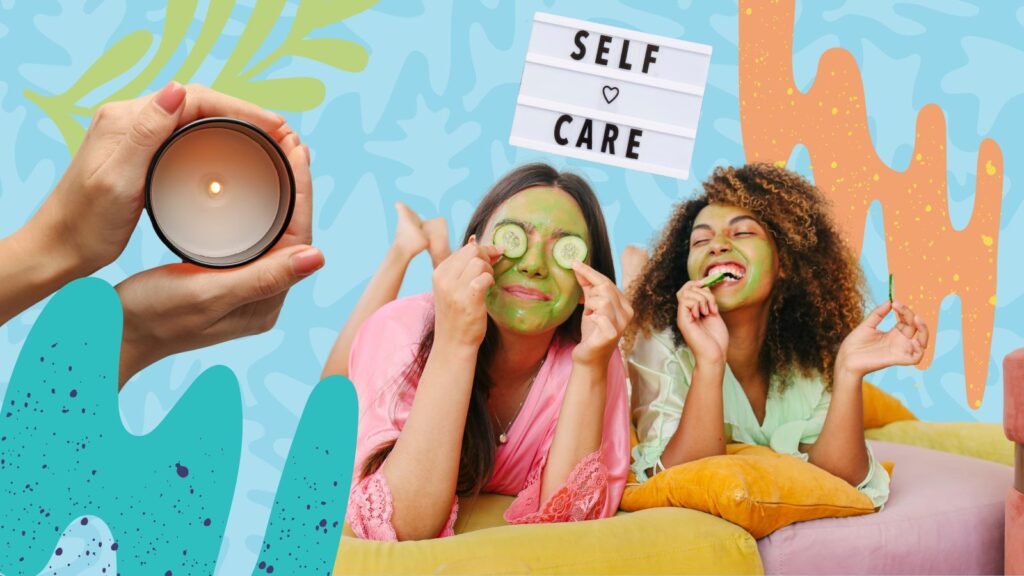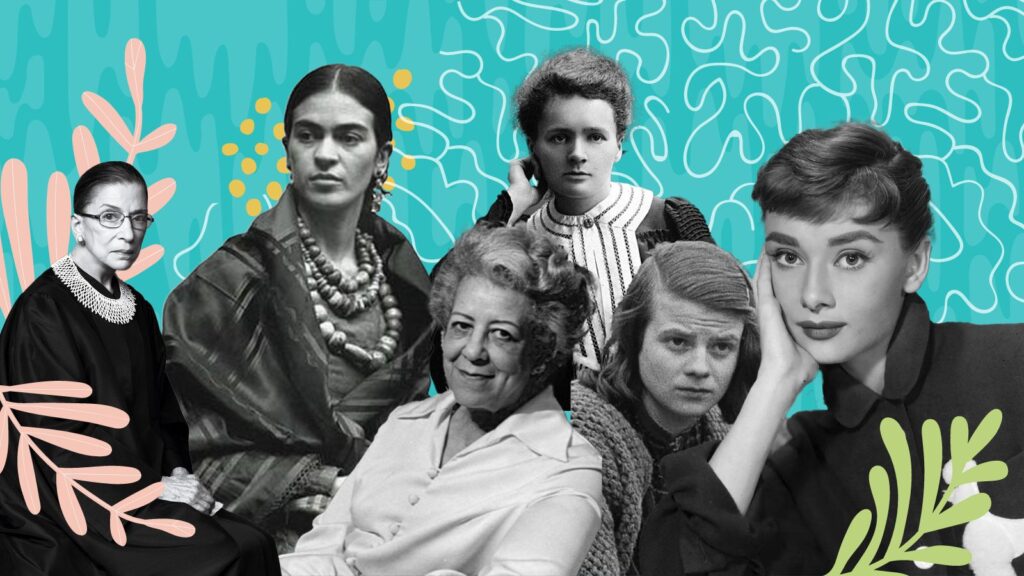A Comprehensive Guide to Utilizing Color Psychology
Take a look at our website or visit us in our office and you’ll realize quickly how much we LOVE color. There is an entire psychology behind color and how it is used in different applications. For our office design we just gravitated towards colors that made us feel like we were at home.
When you apply color to marketing, it is an essential tool for making a brand stand out from the competition. Aside from its superficial impact, there’s a powerful psychological element at work too – one that can help capture attention and influence consumer behavior.
There is a fascinating relationship between colors and marketing, and how different hues reflect consumer demographics and affect buying decisions.
Color + Marketing
We don’t care how clever your marketing idea is or how amazing the messaging is, if you get your colors wrong…it’ll die quickly. Each hue can represent a feeling about a product or brand – for instance, blue may evoke authority and intelligence whereas yellow may represent optimism and joy. It’s why it is so important to understand the psychological implications of certain colors. It will help you create campaigns that speak to your target audience on an emotional level. We’re not talking about designing a logo that makes small children cry, that’s just bad design.
For example, in 2020 McDonald’s rolled out a rebrand that updated their signature golden arches to different shades of red to convey energy and passion while anchoring their identity firmly in the present day. To be fair, we don’t even remember this, but we’re sure it was a really big deal when they did it.
Here are a few other examples from well-known brands.
- Apple’s iconic white and silver logo represents simplicity, elegance, and sophistication. Little known fact, if you tap the icon on the back of your phone, it’ll take a screenshot (take the case off dummy, then it’ll work).
- Starbucks used a blend of green, brown and white – colors associated with nature – for its logo in 1971. Coffee beans = nature, get it?
- Netflix’s signature red font stands out against their black background, highlighting the word “Netflix” as the central focus. They’ve also brilliantly used sound for their branding, when the Netflix app opens on your TV, we can all hear the buh bum (we really don’t know how to write that, but you get the drift).
- Taco Bell opted for a vibrant combination of orange and blue to give their brand a fun, youthful feel…not that it really matters when you’re pulling into the drive through at 2:00 a.m.
Color + Audience Demographics
Color choice also varies by consumer demographic – gender, age, nationality, etc. Brands need to consider all of this when choosing what colors to incorporate into their campaign or product. Younger people prefer vibrant colors while older peeps prefer pastels; red has traditionally been linked with masculinity while pink typically represents femininity; green is often associated with growth and harmony while black implies power and sophistication. Now, if you asked Kim, she’d tell you to keep pink the f*ck away from her, but you have to use generalities because every person will have their own unique color preferences.
Leveraging Color Effectively
Now we get to the question everyone is asking themselves, how do you use color psychology correctly?
• Research extensively ( (we really, really, love research in marketing) – understand your target audience’s demographics (gender/age/nationality etc.), then analyze which colors will resonate with them
• Find the right balance – Find the right variety between bright & subdued tones. Whereas 8THIRTYFOUR is all bright colors and patterns, that doesn’t necessarily resonate with everyone…which we’re totally fine with.
• Use the right accents – use bold accent colors with neutral (black/white/grey) to add depth and texture…unless you’re 8THIRTYFOUR and hten screw the neutrals.
• Make it clear – none of this white on dark, some people (Kim) have poor eyesight now that they’re in their 40s make sure text stands out against background images & visuals by using high contrast hues
• Test it – run A/B tests on various color combinations before committing to one. You can do this through a random audience sampling through Survey Monkey or by running ads to get feedback. Always test it, always research.
Understanding the psychology behind color selection is vital when developing marketing strategies or designing product visuals. Whether you’re looking for vibrant energy or subtle refinement, knowing how different hues impact audiences can help create truly memorable branding experiences that drive conversions effectively – something we at 8THIRTYFOUR do every damn day.









